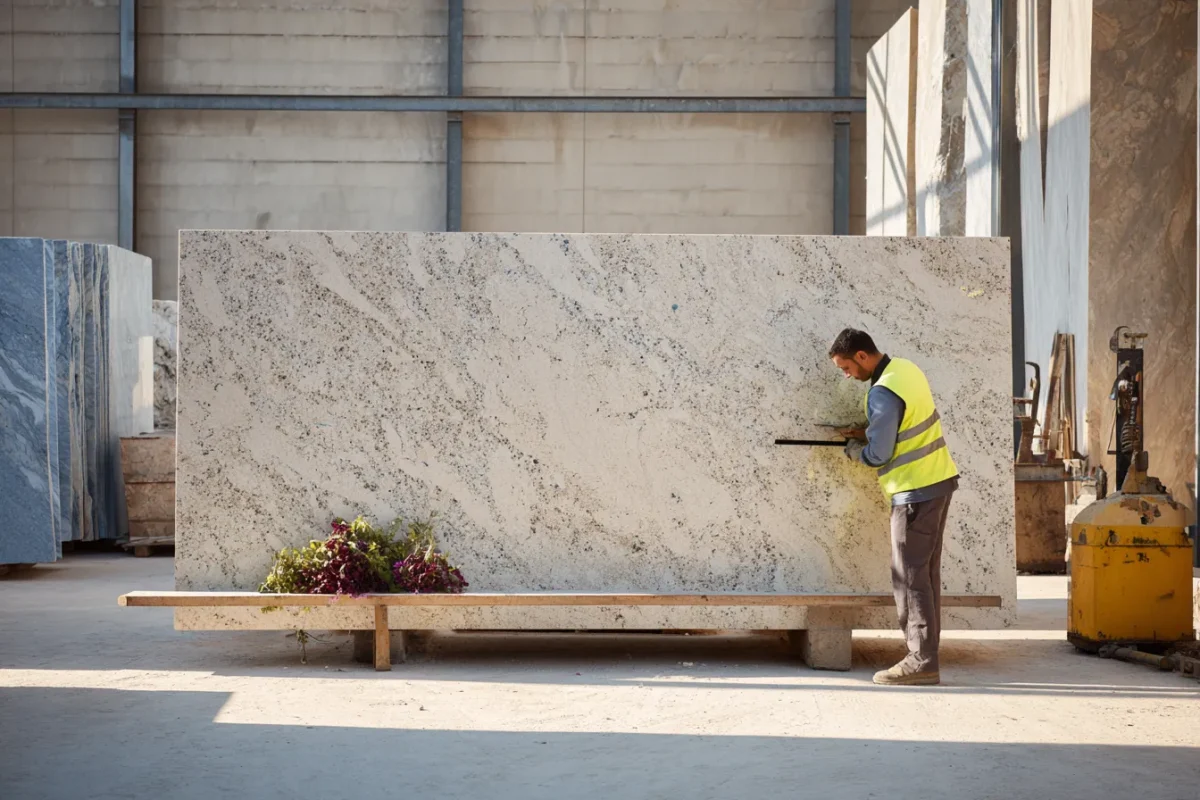- Kitchens
- Design Ideas
- Cities
- Trends
- Guides
- Price Calculators
- Our PortfolioNEW
- More
- Home
- Trends
- Construction
- Tips And Advice
- Electrical Works In Construction
What Are Electrical Works in Construction?
A construction site has high power requirements, and only some areas have immediate access to an electricity supply. This could be down to the site being situated in a rural location or seven houses. Construction sites are hives of activity with all heavy-duty machinery and a complex network of electrical installations necessary to complete a variety of distinct workforces. Therefore, some home electrical wirings are interlinked, and some are standalone. The most common systems utilised at the construction site are described below. However, either way, the only way to power up your construction site will be through a temporary electric supply. Local utility companies typically provide these temporary house electrical wire installations.
Table of Content
1. Fixed wiring
Fixed wiring is essential for the electrical system on a building site that involves all the vital spots in distributing electrical power. Distribution boards, power cables and sockets are all part of the household wiring fittings.
2. Electrical Switchboards
An essential hub of any electrical system, switchboards help to direct the electricity stream on a construction site. They direct electricity from one main source to smaller areas of electrical activity. Further, these boards are divided into several sections, one main power unit and the rest dedicated to distribution.
3. Circuit Breakers
For any construction site, safety is paramount. The biggest risk associated with power systems is electrical hazards, so your workforce requires basic safety measures to be implemented. Installing the circuit breakers in a system minimises the risk of an electric shock. When an excess current is detected, a circuit breaker automatically cuts the electric stream flow, thus protecting the circuit and anyone working on it.
4. Overhead and Underground Solutions
Installing an overhead distribution is one of the most cost-effective ways specialists prefer to provide temporary power to the working site. Moreover, contact industrial electricians for underground solutions on the construction site to meet your needs by connecting a power source underground.
5. Generators
A common sight in the construction zone is portable generators that can power your electrical devices in the remotest places. These additions are powered by either fuel or batteries and set up with the help of professionals.
Want to learn more about house construction techniques? Reach out to Interior Company today!
Also Read: Factors that Influence Construction Cost
Construction Wiring
Constructing wiring should be of a high standard irrespective of its significance, like construction, demolition, switchboards, sheds, lighting, etc. There are many types of construction wiring, including PVC conduit wires and steel conduit type. Moreover, it is requisite that the wiring is not entwined along with the permanent wiring and is demarcated using a unique colour tape. The other types of wiring requirements at a construction site include:-
- Overheard wiring
- Temporary wiring
- Permanent wiring
House Wiring
- For electrical fittings at home, carry out the work as per the latest GFC drawings approved by the local government bodies and electrical consultants. All electrical conductors should be of appropriate size, having a current rating for the specific purpose of their intended applications.
- Choose ISI-approved, reputed brand, medium or heavy gauge rigid PVC Conduit household wiring of different diameters (20, 25 and 32) and 2 mm thick black colour as per drawings and specifications for electrical wiring.
Wiring For House
- The wiring cables should be marked ISI approved, including 1100V grade, insulated PVC and highly conductive copper wires. The following colour coding of electrical wire is generally recommended for household use.
- The black wire is the'hot wire' that carries live electrical loads from the breaker panel to an outlet or light source.
- Red, Blue, and Yellow wires are also the hot wires used to interconnect smoke detectors and electrical conduits.
- White and grey wires are “neutral” wires that return the electric current and send it back to the panel.
- Green wires are the ground wires that act as a safety valve in the event of a fault, giving the current a safe pathway to escape to the ground. Bare copper wires are commonly used as a type of grounding wire.
Also Check: Meaning of Setback for Residential Buildings
Common Electrical Wiring Mistakes
Household wiring mistakes and electrical fittings might likely cause short circuits, shocks and even fires. Below are some common mistakes to avoid them:
- Ensure to connect the wires in the electrical junction boxes are for safety purposes. Avoid connecting them outside the box.
- Detached switches or loosely connected outlets can create a potential fire hazard.
- Never cut the wires too short; leave at least the three-inch minimum on wire length to avoid poor connections.
- Leaving plastic sheathing unprotected between frames damages easily. To avoid this, protect the sheets by using metal conduits.
- Poor identification of hot and neutral wires might create the possibility of lethal shock.
- Cables must be connected to metal boxes with a secured clamp to avoid electrical mishaps.
- All the electrical circuits and sub-circuit in the house construction project site should be protected against excessive electric power by installing circuit breakers.
- Use insulated tools during electrical wiring and other household work for suitable protection.
Wire Wisely!
Whether constructing a new home or remodelling an old one, choose the right type of wiring for the house while adding new electrical wires or replacing old wiring. Learn the specified purpose of the wire you intend to use to avoid any potential electrical hazards. For more assistance on house electrical fittings and home construction ideas, consult the experts at Interior Company.
Ready for a home transformation?
Let our designers assist you!
Recent Posts
The standard wiring types used in homes are as follows:
Non-Metallic Cable, or NM cable, is the most popular wiring for modern homes. It includes a hot, ground, and neutral wire wrapped in plastic sheathing, providing extra protection. Other commonly used wires are Metal-Clad Cable for basements and Armored Cable for single residential structures.
Copper or aluminium are used for household wiring. Among them, copper is well-known for its exceptional electrical conductivity and flexibility. Copper is a more reliable material utilised for power transmission loads, thereby reducing wiring costs. It is the most preferred choice for electrical experts and modern homeowners.
Related Category
- Exterior Design
- Furniture
- Home Decor
- Materials
- Walls and Texture


































